THE Nowra Central Business District had undergone numerous changes and transformations over the years.
Subscribe now for unlimited access.
or signup to continue reading
It has certainly come a long way from the original plan by surveyor Thomas Mann, who laid out the “Village of Nowra” in 1852.
Back then the town centre was bounded by North, East and West streets with the option of further expansion to the south.
The private town of Terara had been the main centre on the southern bank of the Shoalhaven River but major floods, 1860 and 1870, led to people relocating to the higher ground in Nowra.
By 1871 it’s population was 243 but it lept to 886 in the next year. Nowadays Nowra’s population is estimated at around 32,000.
You can now take a journey through The Changing Face of the Nowra CBD thanks to a stunning new book by local historians Robyn Florance and Alan Clark.
Read more:
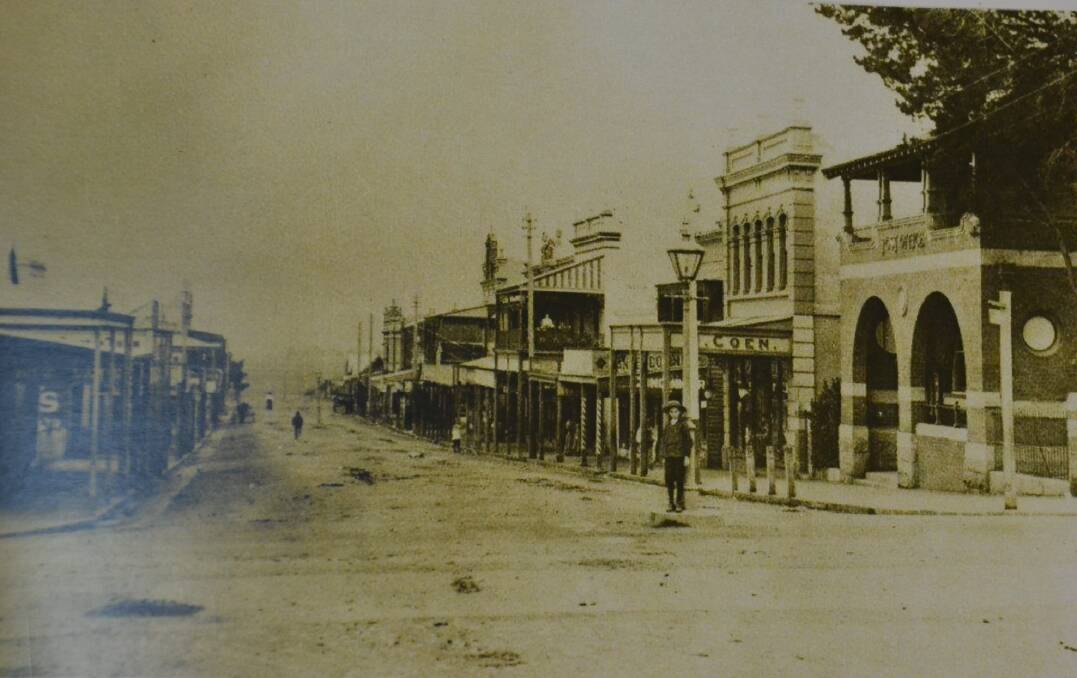
Buildings and businesses may have come and gone, with Nowra changing to meet the needs and tastes of shoppers.
While grocery stores, haberdasheries, saddlers, pubs and pharmacies were often prominent and in many cases remain today, there have also been plenty of other businesses in operation over the years.
For many longtime residents the book is a walk down memory lane
Very similar to memories aroused by Brian Forrester’s book A Decade in Time, his memories of the CBD from the 1940s-50s, where he took readers on a walk through town describing the various businesses there at the time.
“I suppose Brian’s project inspired me to keep going with another work I had started,” Mrs Florance said.
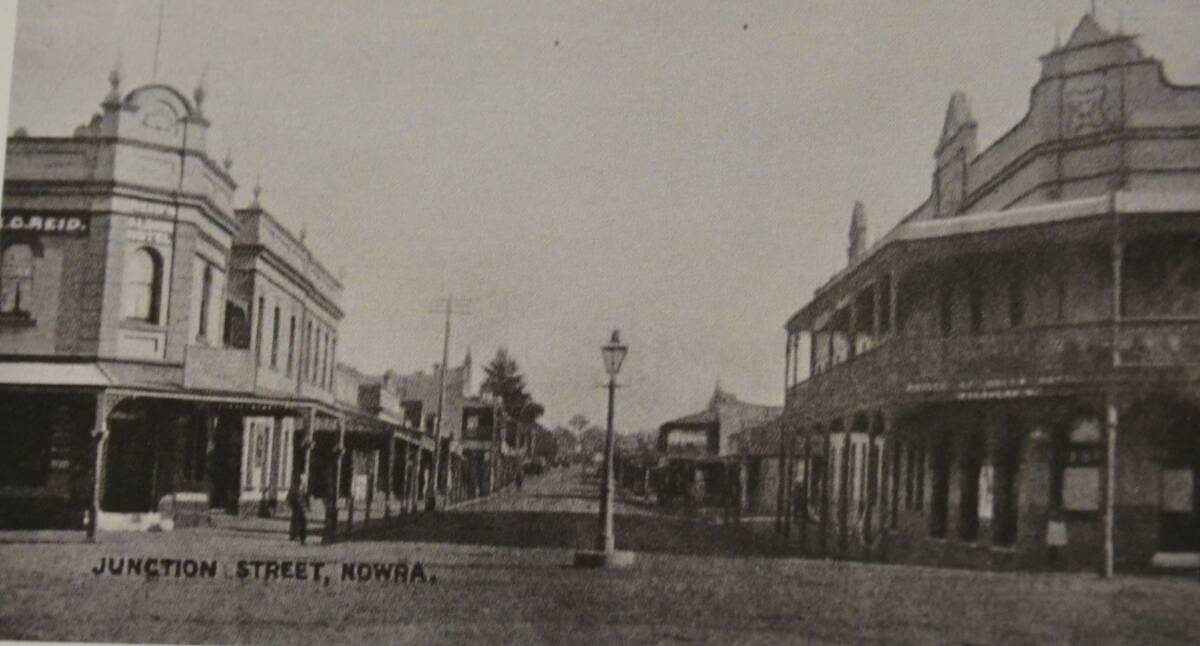
“In the early 2000s I was writing about shops like Muller’s Joinery and doing the history of Bridge Road.
Read more:
“We put it in the archives of the Shoalhaven Historical Society’s Nowra Museum but after Brian brought his book out I was encouraged to resurrect it.
“I suppose it’s been an ongoing project for 15-20 years.”
Mr Clark’s popular Historical Happenings column which appeared every Wednesday in the South Coast Register also provided a wide array of recollections and local history.
“I love working with Alan, we work so well together and have collaborated on many projects,” Mrs Florance said.
“Alan does all the editing of my books and his knowledge of the local area is astounding.”
“It was also a good opportunity to give an overview of the changes to the Nowra CBD,” Mr Clark said, “while recalling the many families who have been in business in Nowra and certainly highlight some of its characters.”
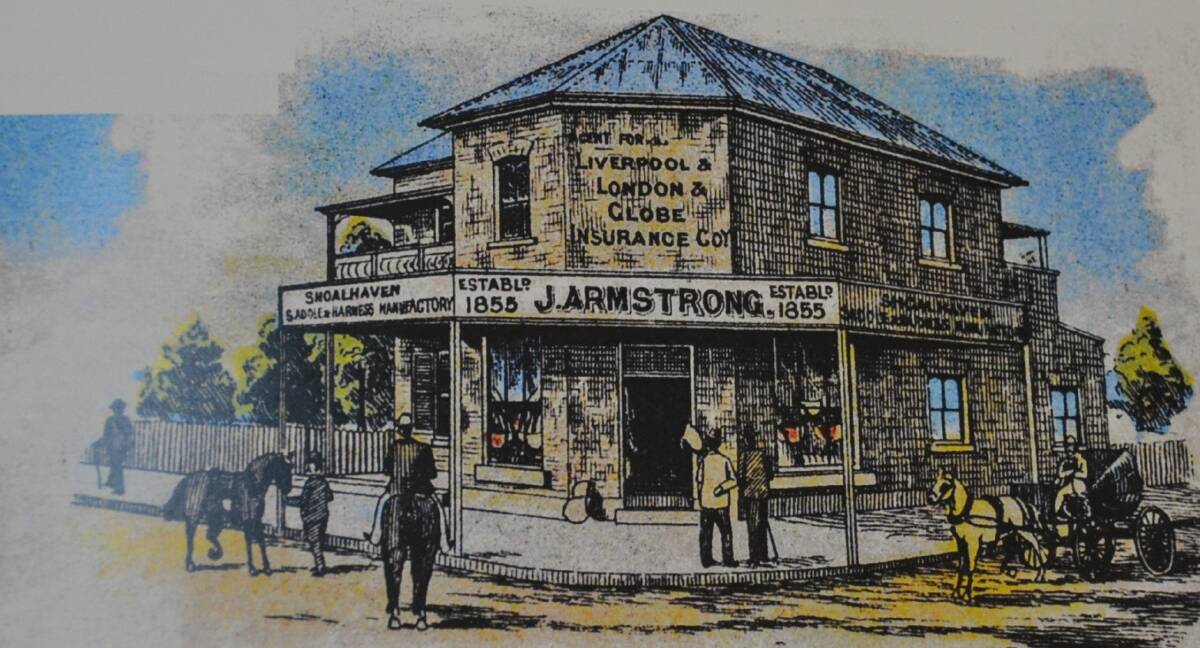
The pair came across some great stories while creating the book.
Mrs Florance said one of her favourites was of the rise of Leong’s Chinese Restaurant at the corner of Kinghorne and North streets.
It was originally James Armstrong's saddling business and residence in the 1880s. Upstairs was later used as flats
“Around 1957 Leung Ming opened Leung’s Restaurant - that was the first Chinese Restaurant established in the Shoalhaven.” Mrs Florance said.
“Ming had previously worked at the Bridge Hotel, introducing Nowra to a Cantoneses menu.
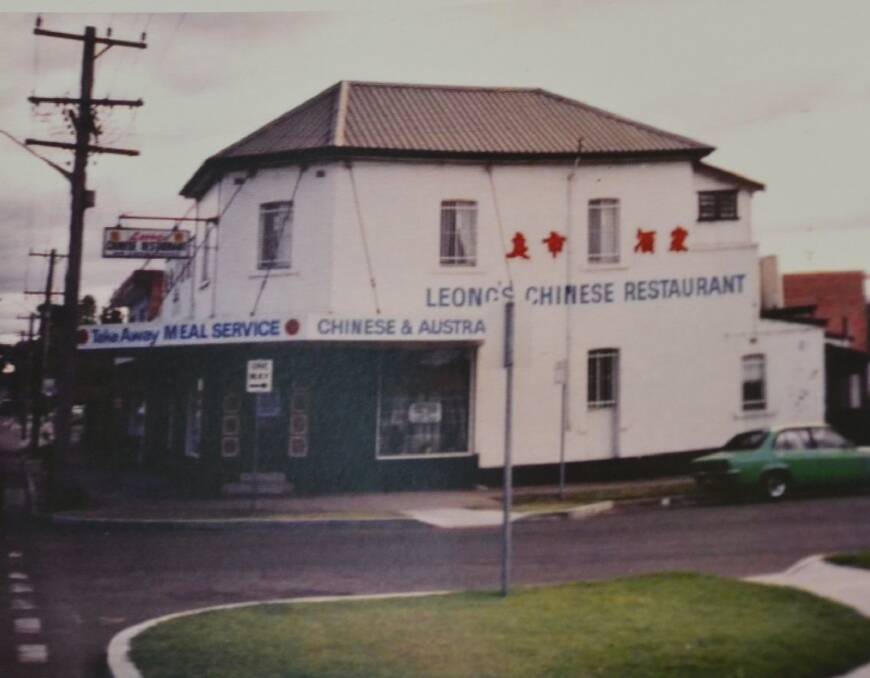
“His wife Betty arrived from China in 1961 with their two sons but sadly Ming passed away in 1962 at aged just 49.
“His brother Bing Leung took over the business, changing its name to Leong’s.
“In 1967 Ken Fung, from Melbourne purchased the business, expanded it into two shop spaces and it remains in the family today.
“A great success story.”
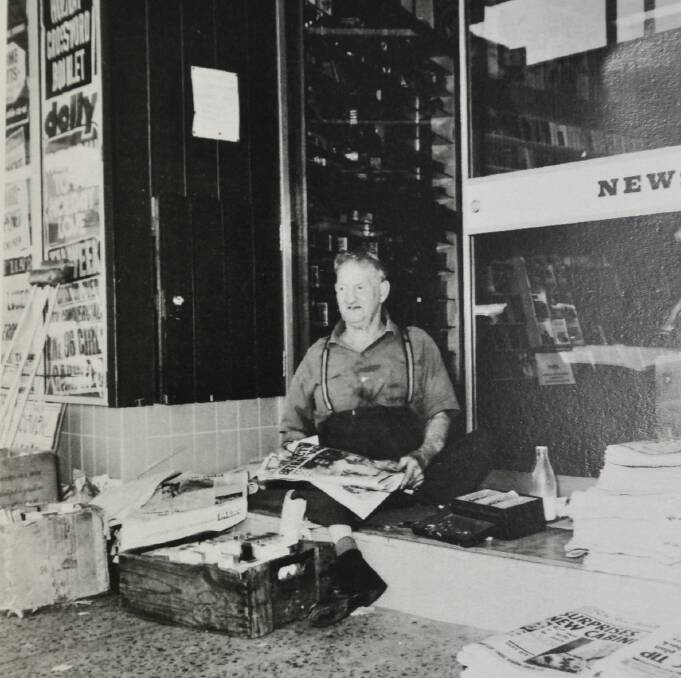
For Mr Clark, the story of well-known local identity - Oswald Frederick “Bluey” Honeysett is a highlight.
“Bluey was one of Nowra’s most colorful characters,” Mr Clark said.
“Born in Tomerong he spent much of his life in Jervis Bay before morning to Nowra.
“At the age of seven, while playing in the schoolyard with mates, he climbed a tree but a branch broke and he fell, permanently injuring his spine.
“As a result he could not walk and later in life he became well-known for driving a motorised wheelchair along Junction Street, joking and laughing with everybody.
“But perhaps he is best known for sitting in front of the newsagency in Junction Street selling papers each morning from 5am when the business was owned by Ashcroft and Davies and later the Sturgiss family.
“Bluey had a love of cricket and built up a great rapport with Foster Emery and would often travel with association teams to score their matches.”
Of course there are those business that had been in town for generations - Ison and Co, McCallums Sports Bait and Tackle, the Walker family in various incarnations, Basha’s, and other longtime businesses like Stanley Johns Menswear, Murphy’s Tyre Centre, Flamingo Florist, McLeans Cycles (now Nowra Cycle Centre), McLaren’s Shoes (now Comfort Shoe Store), and, of course, the Roxy Theatre.
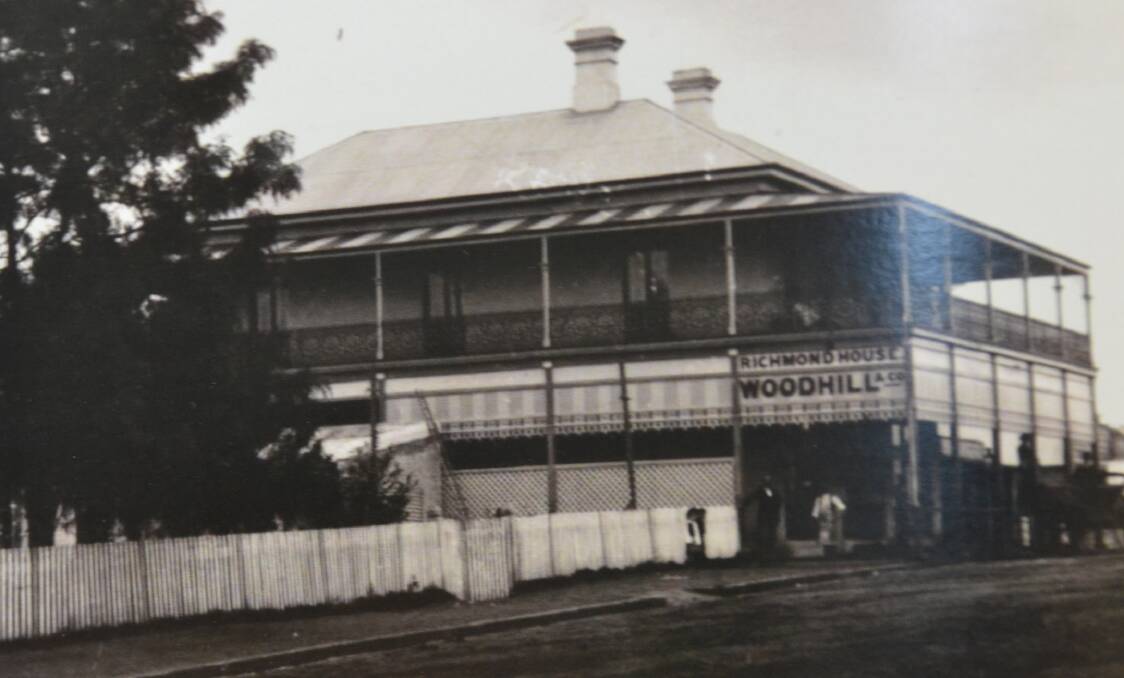
And the buildings that have shaped the business like the former Imperial/Empire Hotel and now the Australian Hotel, the Roxy Theatre, the former Post Office now Postman’s Tavern, the former Fire Station building and the beautiful Hillcrest and Walsh’s stores.
And no Nowra story would be complete without mention of The People’s Emporium - aka Woodhills, Mates, Emmotts, JB Youngs, Grace Brothers or Spotlight - depending on your generation.
For the record, officially it was given the name Richmond House by the Emporium founder John McArthur
Throughout the book is a wonderful array of historic and modern photographs documenting Nowra’s changing face.
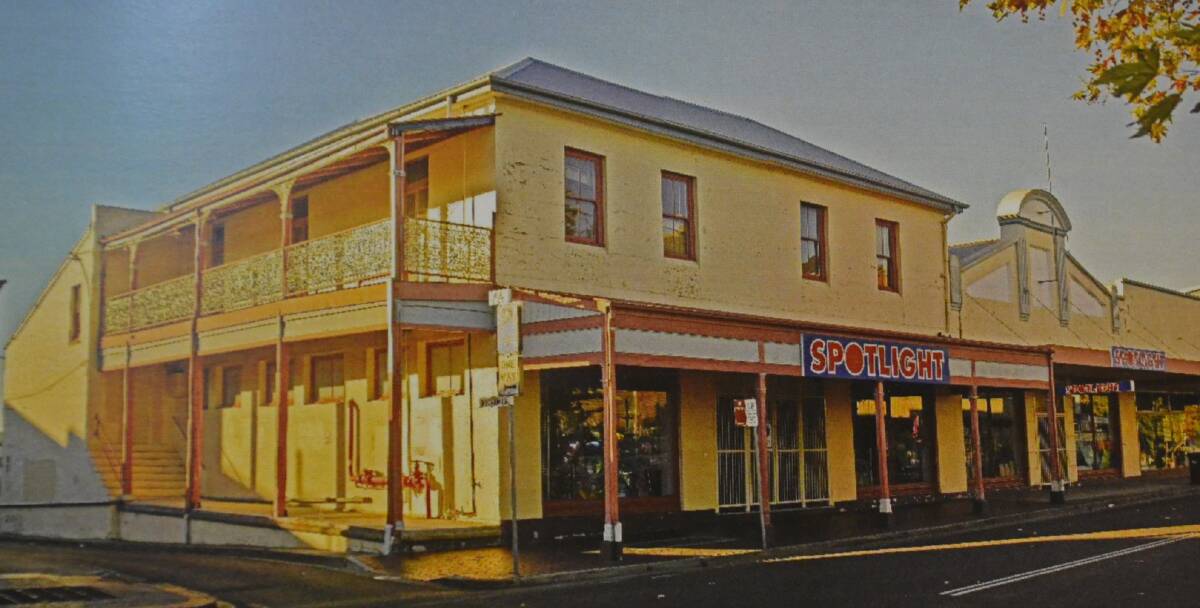
“We are lucky through the Shoalhaven Historical Society we have a great array of historical photographs,” Mrs Florance said.
“And many of the local families mentioned in the book were also happy to share some of their private collections.
“In 2012-14 we had Neville Haines take a lot of modern photos.
“So I suppose the message is also make sure you take photos of your town, it allows the changes to be documented for all time and its history told.”
The Changing Face of the Nowra CBD will be officially launched at the Nowra Regional Gallery in Berry Street, Nowra on Thursday, October 25, from 5.30pm.


